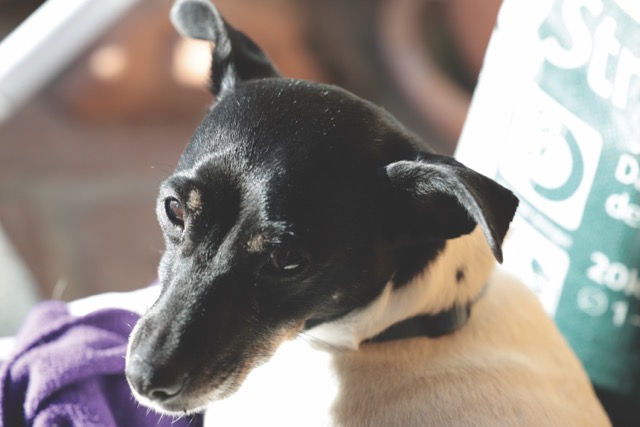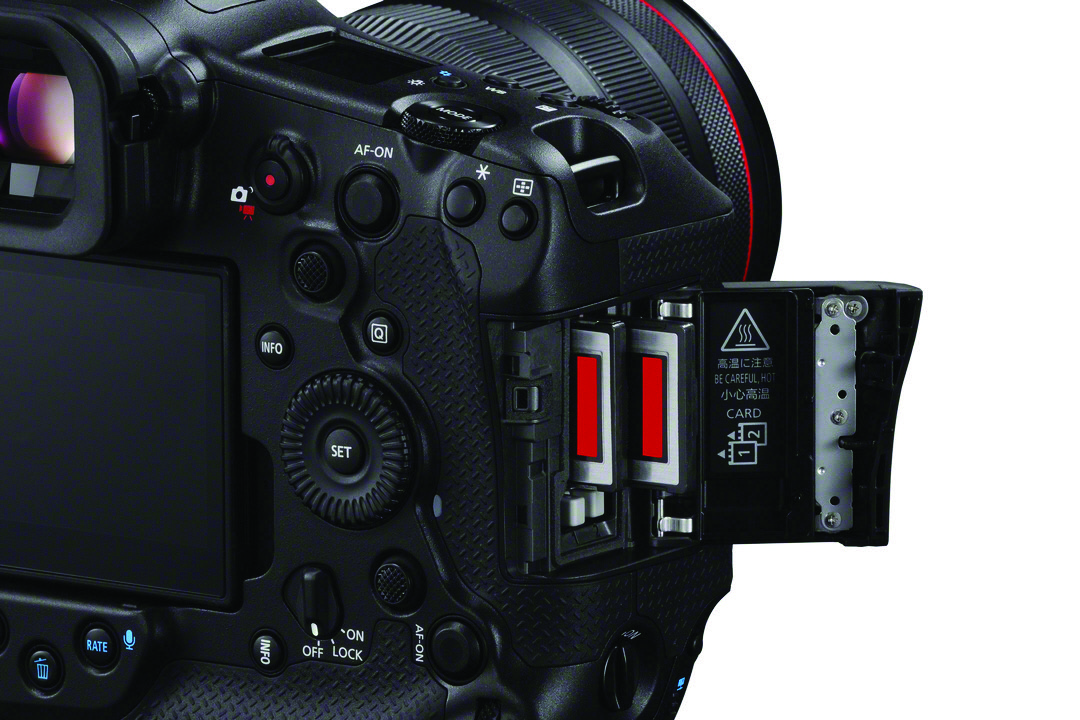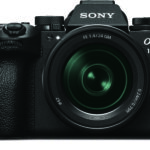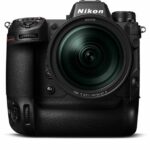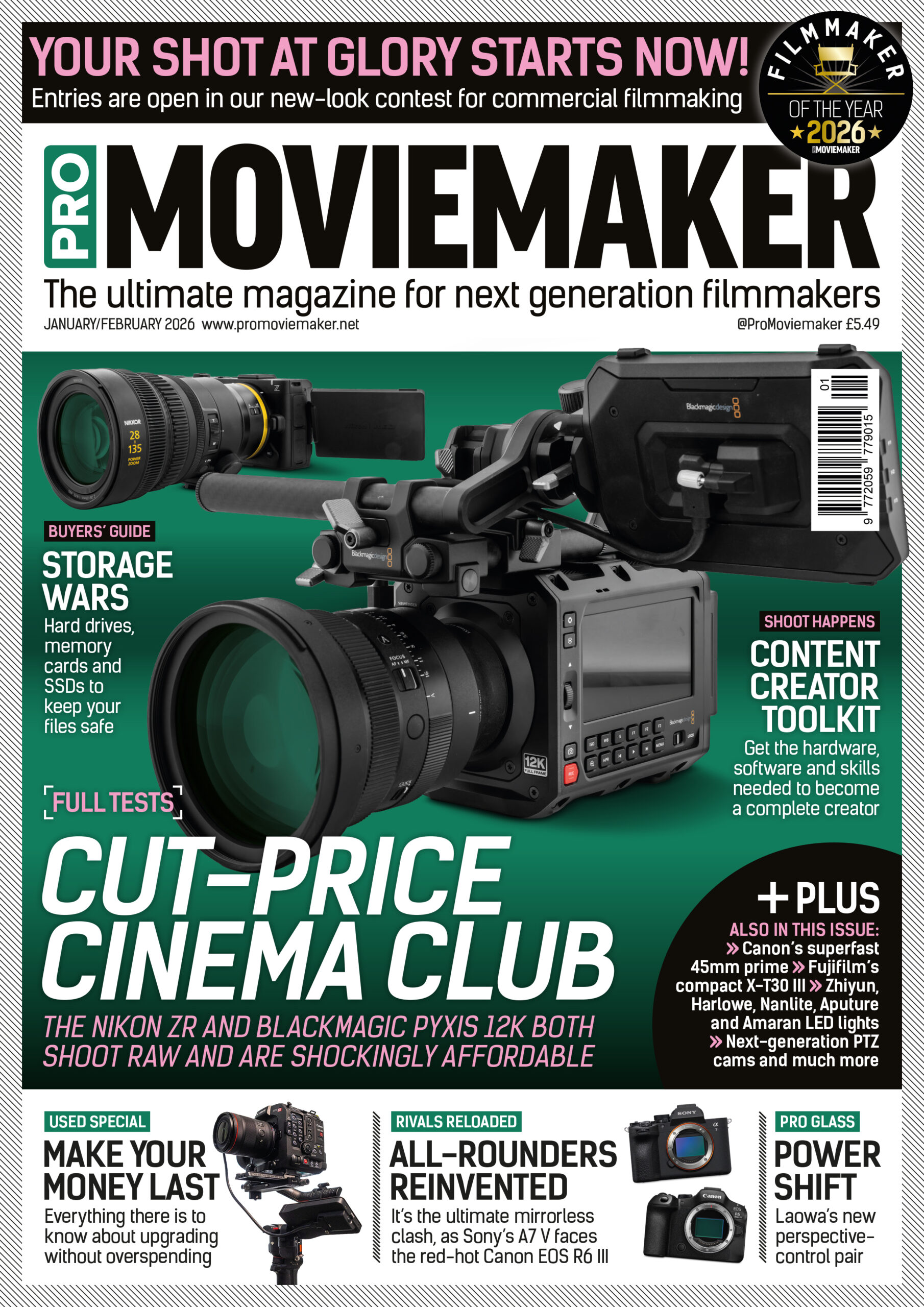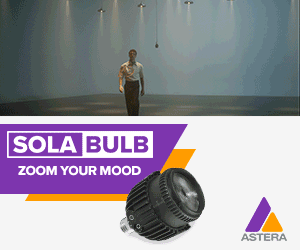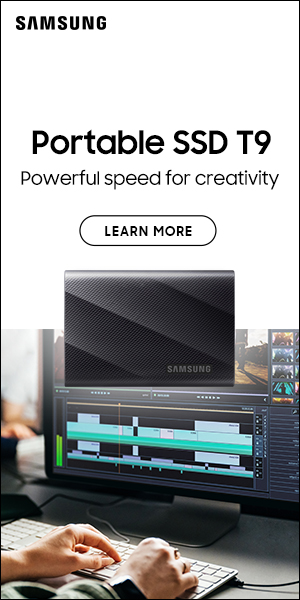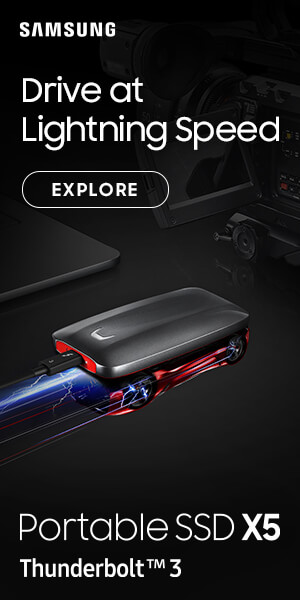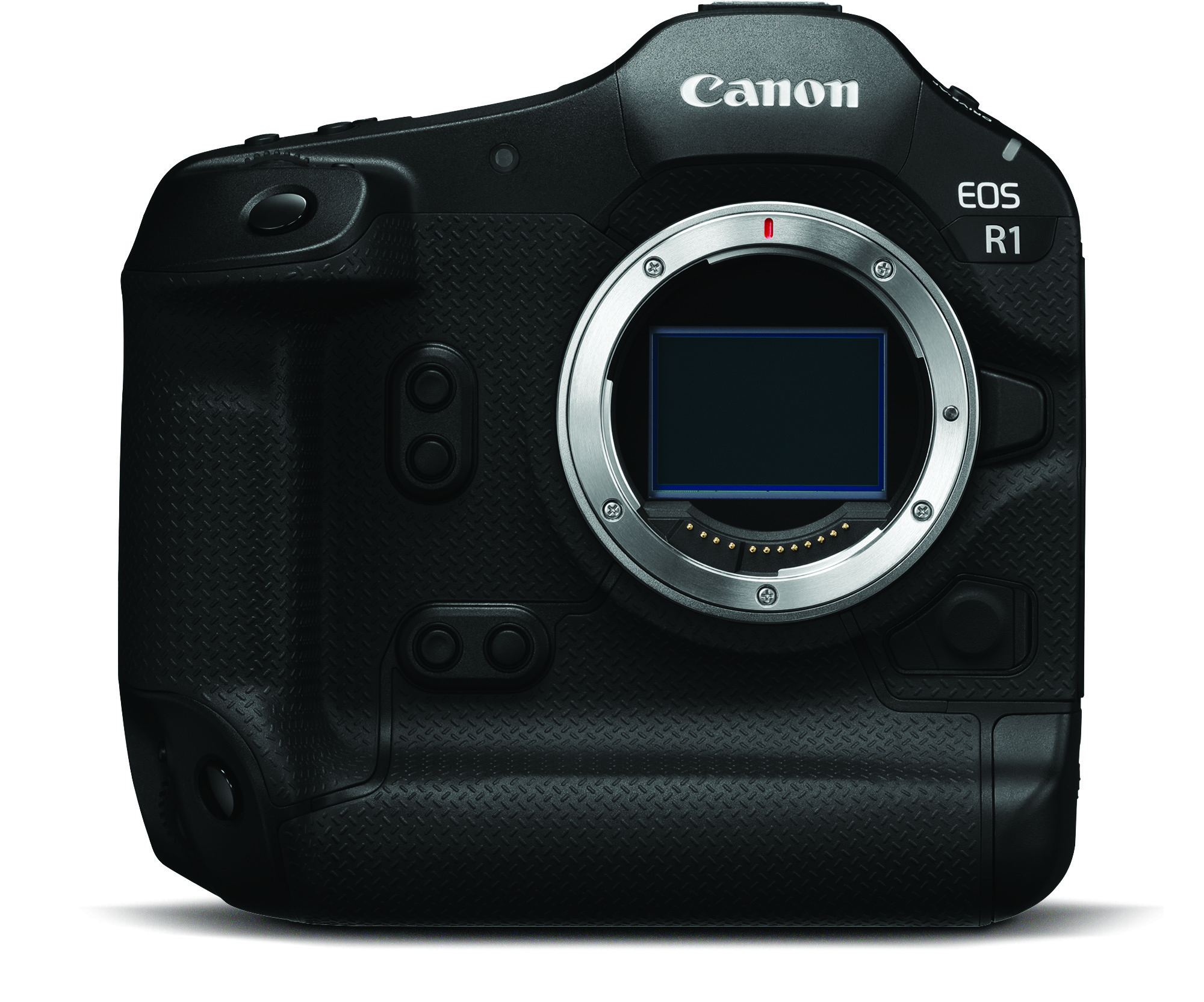
Big test: Canon EOS R1
Posted on May 10, 2025 by Pro Moviemaker
Canon’s biggest gun
With a chunky body and powerful AF, the EOS R1 is the brand’s first-ever mirrorless flagship
Words Adam Duckworth
Canon took a long time to launch a flagship mirrorless. Despite the company having several generations of full-frame mirrorless cameras already on sale, and the pro-style EOS R3 offering a stacked sensor for speed, the One Series was lagging behind.
Finally, last year saw the 24.2-megapixel EOS R1 announced. Simultaneously, this was joined by a higher-resolution EOS R5 Mark II featuring a stacked 45-megapixel sensor, as well as 8K movies.
In comparison, the specs of the R1 were a little overshadowed. The EOS R1 might be Canon’s first-ever One Series flagship to be mirrorless, heralding the official end of the EOS 1 SLR range that came out in 1989. But at only 24.2 megapixels with 6K video and 40fps stills from a rolling shutter, it didn’t set the world alight. Inside, the R1 and R5 Mark II both have Canon’s Accelerated Capture platform, comprising a new Digic Accelerator along with the well-known Digic X image processor and new high-speed image sensor. Digic supports deep-learning AI, designed to improve AF, shooting speed and image quality.
Both cameras boast the latest version of intelligent Dual Pixel CMOS autofocus that’s ideal for sport, featuring the ability to track subjects by identifying the faces and upper bodies of players and avoiding obstacles. There’s also the option to register specific faces and track and prioritise them over other players. A new action priority mode identifies common poses in sports such as basketball, football and volleyball, identifying and tracking the main subject. Eye Control AF is claimed to be twice as good as the EOS R3.
The new sensors result in faster shooting speeds and a 40% reduction of rolling shutter in the EOS R1 compared to the EOS R3. Whichever way you look at it, the speed spec is lacking compared to the Sony A9 III with its global shutter. The resolution is also lacking compared to the Sony A1 II. It’s perhaps no surprise that, in the TIPA technical tests, the EOS R1 only scored 74 for stills image quality and 76 for video. That’s a reflection of the lower-resolution sensor more than any issue with the images.
It’s also why it’s crucial that cameras are tested for real, by real people. Because it’s in use, rather than on test charts, that the Canon comes into it own – and the star of the show is its simply stunning autofocus. The EOS R1 has Canon’s most advanced AF with its cross-type system, meaning it picks out smaller subjects and locks on to detail. This uses a new Dual Pixel CMOS AF sensor arrangement in which individual divisions of pixels are rotated by 90° to offer AF tracking sensitivity along the vertical and horizontal axes.
It finds its subject and locks on like no other camera can. When shooting stills – at 40fps with silent electronic shutter using AF tracking and 20 frames of pre-continuous shooting – it’s shocking how just about every frame looks tack-sharp. Few stills shooters will need more than 40fps.
The AF also works well for video, locking on and tracking moving subjects. Touch focus can be activated with just a fingertip on the monitor and, during filming, virtual buttons allow the completely silent adjustment of white-balance and exposure settings, as well as exposure compensation.
The EOS R1 offers 6K resolution at 60fps or C4K at 120fps, along with Full HD at 240fps. These are in Canon’s range of XF-AVC codecs in 4:2:2 10-bit to give lots of colour information. These might not be 8K, but the footage is sharp and the Canon is famed for its colours. Where it has the edge over Sony is that it can shoot 12-bit 6K/60p Raw to its CFexpress cards.
This might not give a huge improvement that test charts can measure, especially when the non-Raw files are correctly exposed and at the right balance. But Raw files give much more flexibility in post to correct white-balance and colours, add just the right amount of sharpening, rescue shadow and highlight detail and really push the look in grading.
Raw might not have exploded in video like it did in stills shooting, but with Canon leading the way, along with Nikon and Blackmagic, this will surely become the standard in future. With the R1, that future is here right now, giving much more control over footage.
For post-ready workflows, the standard Cinema EOS Movie Recording formats do prove useful, including XF-AVC and XF-HEVC, alongside C-Log2 and C-Log3 with proxy video recording, as well as four-channel audio.
Another unique feature is that the R1 and its R5 Mark II sibling are also able to record high-resolution stills and Full HD video simultaneously, with the option to record externally via the HDMI Type A ports in both cameras. This can offer something new and useful to hybrid shooters who want to create stills and video at the same time.
When we quizzed Sony about whether future Alpha cameras may have this, it seemed the company thought nobody would ever ask for it. They might be right, but probably not once content creators figure out a way to capitalise on it. While in its infancy, this technology will emerge and be useful for some.
The other bonus for Canon users is that the weather-resistant body is large and chunky, with great grip thanks to the new outer texture and integrated vertical grip. The EVF has an anti-fog design and wide viewfinder eyepiece, as well as a new two-stage AF-ON button, which allows instant activation of two programmable functions.
For pro sports shooters, there is in-body Wi-Fi 6E in 6GHz, with 2.5Gbps Ethernet connectivity and dual-threaded FTP in the body.
The EOS R1 scores highly in its build quality, pro connectivity, incredible AF, Raw video and pixels that are just enough for stills sports shooters. And, if you have RF lenses or legacy EF glass with an adapter, you now have a flagship camera to fit them onto.
The verdict
If you have big hands, come from a stills background, love the integrated-grip camera style, have a lot of Canon glass and don’t need massive resolution, you’ll fall head over heels for Canon’s EOS R1. Users of the R3 who have made the switch-up are loving the One Series life.
But if you’re predominantly a video shooter, the chunky form factor could put you off. It’s bigger and heavier than a conventional mirrorless, so is tough to rig up properly and probably won’t fit onto your motorised gimbal. The ergonomic form factor is great for handholding with a 400mm f/2.8 lens to shoot stills, but less so for bolting on accessories like a cage, monitor or matte box. In this case, the higher-res EOS R5 Mark II could be ideal.
TIPA rating
Video image quality: 76
Photo image quality: 74
Features: 9
Internal Raw video for ultimate control
Performance: 9
Hits the sweet spot for video footage and has great autofocus
Handling: 9
Canon makes great pro-body cameras
Value for money: 8
Priciest camera on test, with no obvious spec highlight
Pro Moviemaker overall rating: 9/10
Canon’s flagship full-frame mirrorless that’s ideal for news and sport
- Pros: Incredible autofocus and handling
- Cons: Not the best for rigging or gimbals
This review was first published in the May/June 2025 issue of Pro Moviemaker

